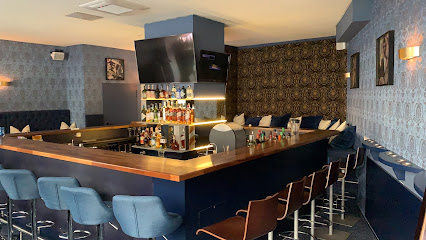
Augustusplatz: Leipzig's Vibrant Heart
Experience the vibrant heart of Leipzig at Augustusplatz, a historic square blending iconic architecture, cultural events, and modern urban life in the center of the city.
Augustusplatz, one of Germany's largest city squares, is the bustling heart of Leipzig. Named after Frederick Augustus I, the first King of Saxony, this expansive space is framed by iconic buildings reflecting various architectural periods, including the Leipzig Opera, the Gewandhaus Concert Hall, and the modern Paulinum of Leipzig University. Severely damaged during World War II, the square was later rebuilt, becoming a focal point of socialist modernism before returning to its original name after German reunification. Today, Augustusplatz serves as a central transport hub and a vibrant venue for events, seamlessly blending historical significance with contemporary urban life. Visitors can explore nearby landmarks like the Mende Fountain and the City-Hochhaus, making it a must-see destination for anyone visiting Leipzig.
A brief summary to Augustusplatz
- Leipzig, DE
- Visit website
Local tips
- Visit the City-Hochhaus for panoramic views of Leipzig; the observation deck offers stunning vistas of the city and surrounding area.
- Attend a performance at the Leipzig Opera or Gewandhaus Concert Hall to experience the city's rich musical heritage.
- Explore the underground passages and vaults of the Moritzbastei, a unique student club and cultural center located near Augustusplatz.
Getting There
-
Public Transport
Augustusplatz is a central tram hub. From Leipzig Hauptbahnhof (main train station), take any tram heading towards Augustusplatz (lines 4, 7, 10, 11, 12, 14, 15, and 16 all stop there). The ride is short, typically 3-5 minutes, and a single ticket costs around €2.80. Trams run frequently throughout the day.
-
Walking
From Leipzig Hauptbahnhof, Augustusplatz is approximately a 10-minute walk. Exit the station towards the city center and walk straight along Goethestraße. You'll see the City-Hochhaus (Uni-Riese) in the distance, which marks the location of Augustusplatz. The walk is straightforward and well-signposted.
-
Taxi/Ride-Share
A taxi or ride-share from Leipzig Hauptbahnhof to Augustusplatz is a quick and convenient option, typically costing between €8-€12 and taking only a few minutes, depending on traffic.
-
Driving
If driving, follow signs towards Zentrum (city center) and Augustusplatz. Underground parking is available at Q-Park Augustusplatz, located directly under the square. Hourly rates start at €2.50, with a daily maximum of €20. Be aware of potential traffic disruptions in the Georgiring area until late October 2025.
Discover more about Augustusplatz
Iconic landmarks you can’t miss
Augustusplatz
0.0 km
Experience the vibrant heart of Leipzig at Augustusplatz, a historic square blending iconic architecture, cultural events, and modern urban life in the center of the city.
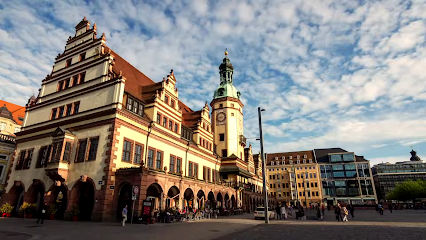
Tympanon-Fries
0.2 km
Discover the poignant Tympanon-Fries on Augustusplatz, a restored fragment of Leipzig's Neues Theater, destroyed in WWII, offering a glimpse into the city's rich cultural history and resilience.
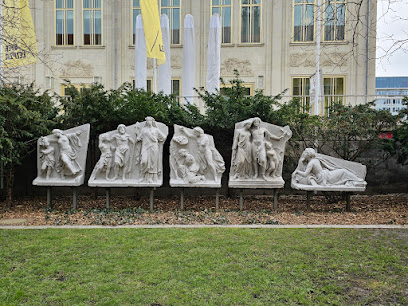
City-Hochhaus Leipzig
0.2 km
Experience Leipzig from Above: Ascend the City-Hochhaus, an architectural icon offering panoramic city views and a glimpse into Leipzig's vibrant history and modern skyline.
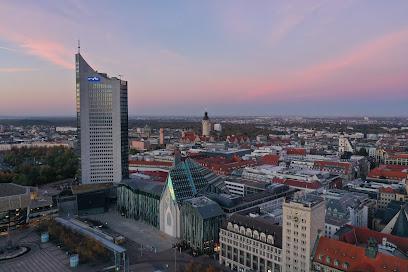
Museum of Antiquities of Leipzig University
0.3 km
Explore ancient Greek and Roman art and culture at the Museum of Antiquities of Leipzig University, home to a diverse collection of artifacts and plaster casts in the historic Alte Nikolaischule.
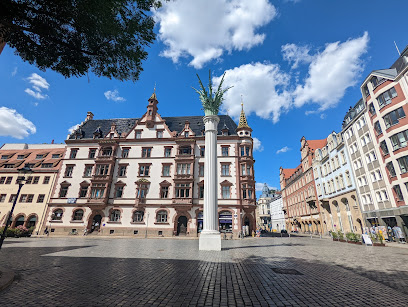
Denkmal der Leipzig-Dresdner Eisenbahn
0.4 km
Commemorating Germany's first long-distance railway, this elegant obelisk stands as a testament to Leipzig's pioneering role in transportation and industrial development.
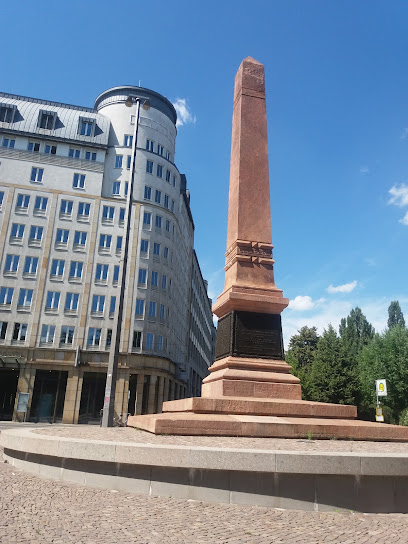
Pilzsäule
0.4 km
Discover the artistic charm of the Pilzsäule in Leipzig, a whimsical mushroom-shaped landmark that embodies the city's vibrant culture and history.
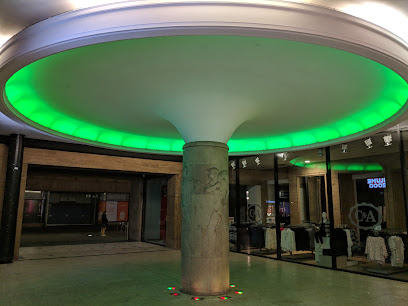
Schiller-Denkmal
0.4 km
A marble monument in Leipzig honoring Friedrich Schiller, the famous German poet who penned 'Ode to Joy' during his stay in the city, a testament to Leipzig's rich cultural heritage.
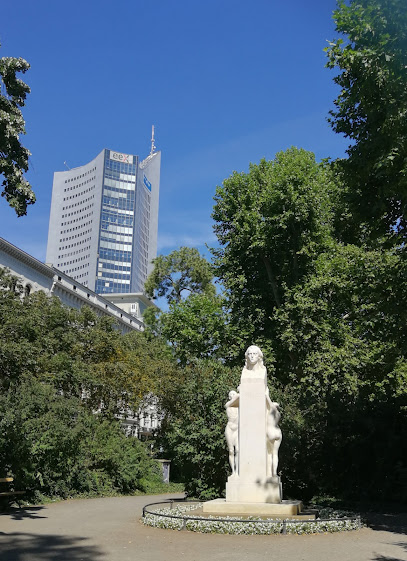
Faust and Mephisto Sculpture
0.4 km
Experience Goethe's Faust brought to life in bronze at the heart of Leipzig's elegant Mädlerpassage, where literary history meets upscale charm and a touch of Faustian legend.
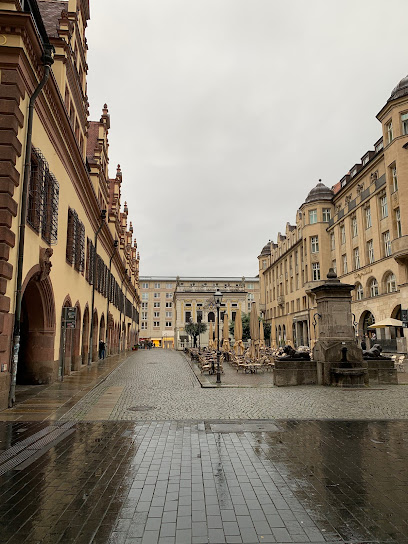
Böttchergäßchen 3
0.5 km
Explore Leipzig's captivating past at Haus Böttchergäßchen, the heart of the City History Museum, offering immersive exhibits, archives, and family-friendly experiences in the city center.

Аlte Waage
0.5 km
Discover Leipzig's historical gem, Allte Waage, where architectural beauty meets rich cultural heritage in the heart of the city.

Katharinenstraße 17
0.6 km
Discover Kretschmanns Hof in Leipzig: A historic building with unique architecture, a vibrant cultural scene, and a passageway to the city's rich past, located in the heart of the city.

Bach-Museum Leipzig
0.6 km
Discover the life and musical genius of Johann Sebastian Bach at this interactive museum in Leipzig, featuring original manuscripts, Baroque instruments, and engaging exhibits for all ages.
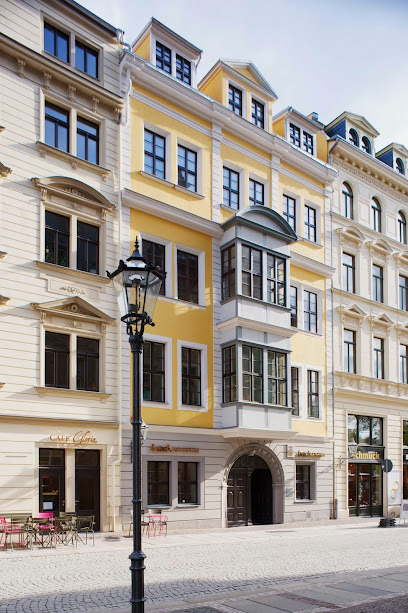
Lipsia Brunnen
0.7 km
Discover the Lipsia Brunnen in Leipzig: A tranquil oasis where art, history, and serenity converge, offering a timeless escape in the heart of the city near the historic coffee house.
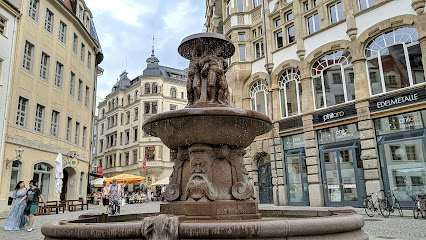
Alter Johannisfriedhof
0.7 km
Discover Leipzig's rich history and tranquil beauty at Alter Johannisfriedhof, the city's oldest cemetery transformed into a serene memorial park.
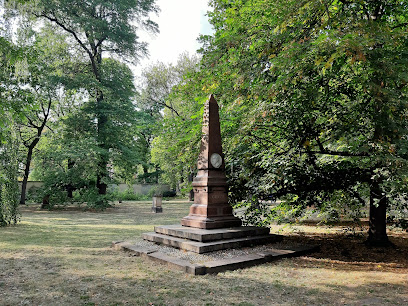
Leipzig Tours - Leipzig Stadtführungen - Walking Tours
0.7 km
Experience the rich history and vibrant culture of Leipzig through captivating guided walking tours, showcasing iconic landmarks and hidden gems.
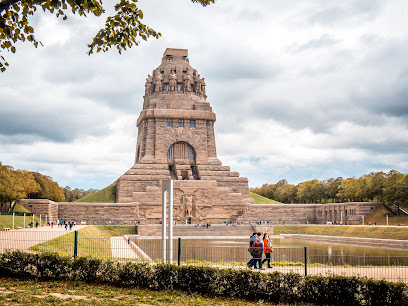
Unmissable attractions to see
Mendebrunnen
0.1 km
Discover the enchanting Mendebrunnen in Leipzig, a beautiful fountain surrounded by stunning architecture and vibrant city life.
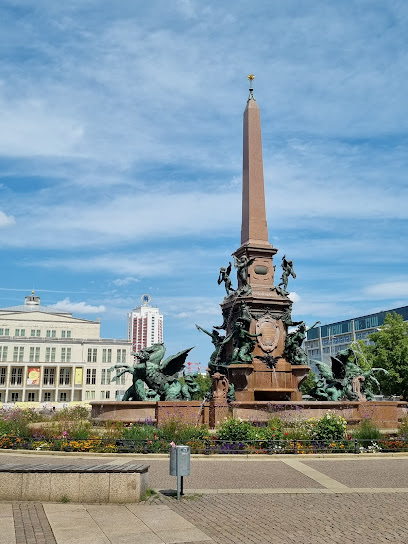
Demokratieglocke
0.1 km
Explore the Demokratieglocke in Leipzig, a powerful symbol of freedom and democracy, surrounded by vibrant culture and modern architecture.
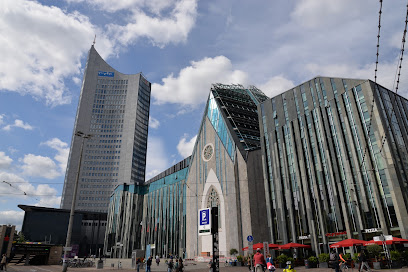
Bronze der Universitätskirche St. Pauli
0.1 km
Explore the stunning Bronze der Universitätskirche St. Pauli in Leipzig, a captivating blend of art, history, and serene atmosphere in the heart of the city.
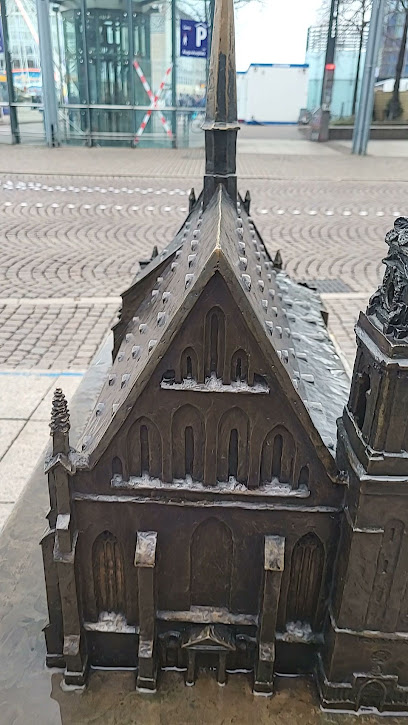
Paulinum - Aula und Universitätskirche St. Pauli
0.1 km
Explore the Paulinum - Aula and Universitätskirche St. Pauli, a stunning blend of modern architecture and historical significance in the heart of Leipzig.
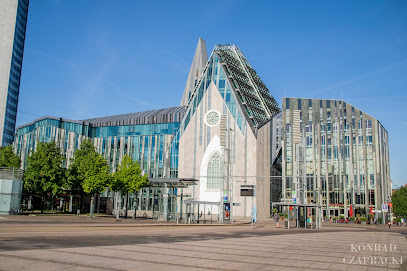
Gewandhaus
0.1 km
Discover the cultural heartbeat of Leipzig at Gewandhaus, a premier concert hall renowned for its stunning performances and rich musical heritage.

Unzeitgemäße Zeitgenossen
0.1 km
Discover Unzeitgemäße Zeitgenossen in Leipzig, a stunning sculpture that embodies the city's rich art and cultural heritage.
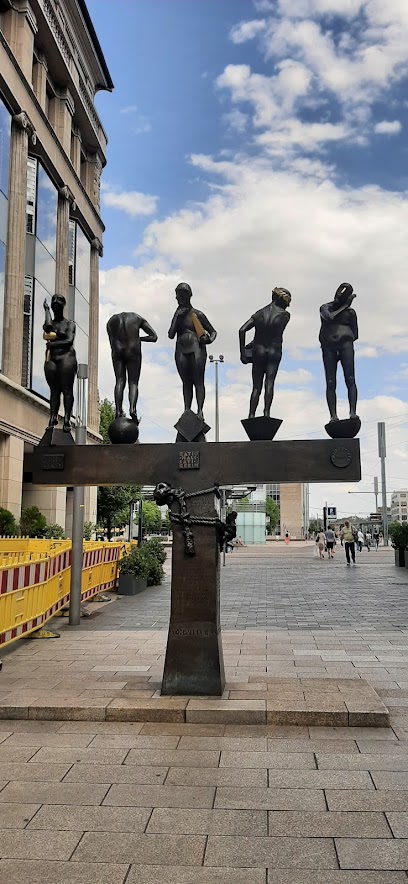
Egyptian Museum
0.2 km
Explore the Egyptian Museum in Leipzig: A captivating journey through ancient Egyptian history and culture with stunning artifacts and exhibitions.
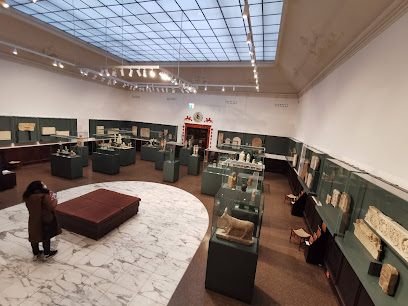
Oper Leipzig
0.2 km
Discover the enchanting world of music and performance at Oper Leipzig, a historic opera house that showcases a vibrant cultural scene in the heart of the city.
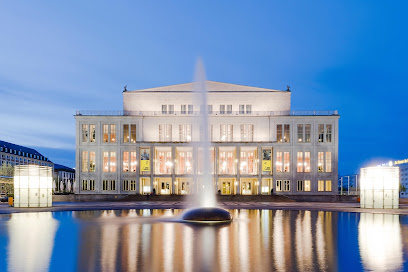
Cityhochhaus Uniriese
0.2 km
Experience breathtaking views of Leipzig from the Cityhochhaus Uniriese, a stunning skyscraper that offers a unique perspective on the city's vibrant skyline.

Panorama Tower - Plate of Art
0.2 km
Experience fine dining with panoramic views of Leipzig at the Panorama Tower, where culinary artistry meets breathtaking landscapes.
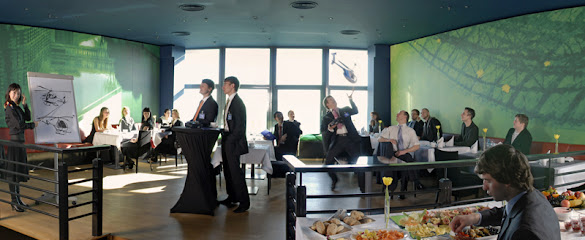
Aussichtsplattform Panorama Tower
0.2 km
Discover breathtaking views of Leipzig and beyond from the iconic Panorama Tower's observation deck, a must-visit for every traveler.
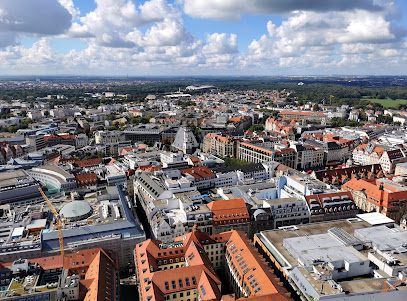
Aussichtsplattform Uniriese
0.2 km
Experience the stunning skyline of Leipzig from the Aussichtsplattform Uniriese, an observation deck offering breathtaking panoramic views.
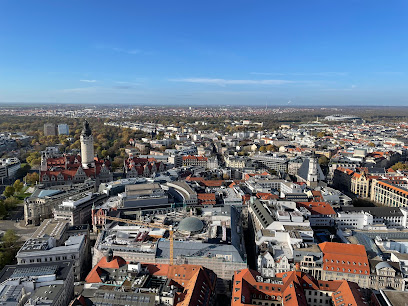
Oper Leipzig Bühneneingang
0.2 km
Experience the artistic splendor of Oper Leipzig, a historic opera house offering world-class performances and captivating cultural experiences in the heart of Leipzig.
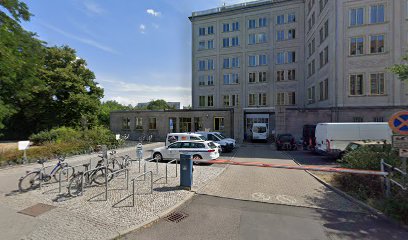
Kanonenkugel Turm
0.2 km
Explore the Kanonenkugel Turm, a unique landmark in Leipzig that encapsulates the city's rich history and architectural beauty.

Nikolaisäule
0.2 km
Discover the historical beauty of Nikolaisäule in Leipzig, a magnificent monument at the heart of the city that reflects its rich cultural heritage.
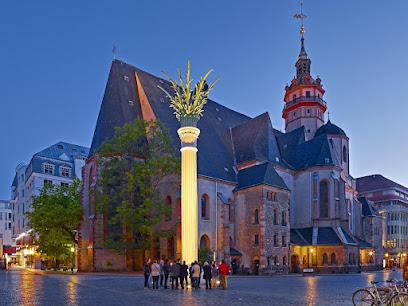
Essential places to dine
HANS IM GLÜCK - LEIPZIG Augustusplatz
0.1 km
Discover gourmet burgers in a cozy atmosphere at HANS IM GLÜCK - Leipzig's premier destination for food lovers.
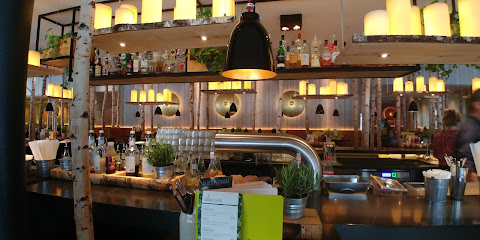
Stadtpfeiffer Restaurant im Gewandhaus
0.1 km
Experience exquisite modern French cuisine at Stadtpfeiffer Restaurant im Gewandhaus in Leipzig – where tradition meets innovation.
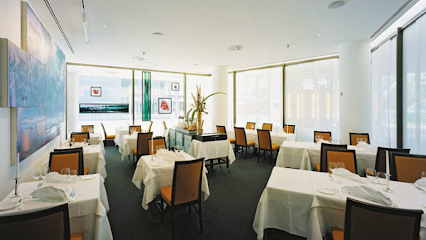
Max Enk
0.3 km
Experience the finest German cuisine at Max Enk - where every meal is a celebration of flavor and elegance in Leipzig.
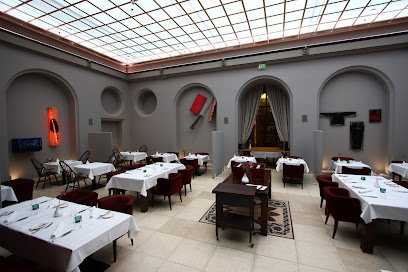
Planerts Restaurant
0.3 km
Discover culinary artistry at Planerts Restaurant in Leipzig - where fusion cuisine meets exceptional service in an elegant setting.
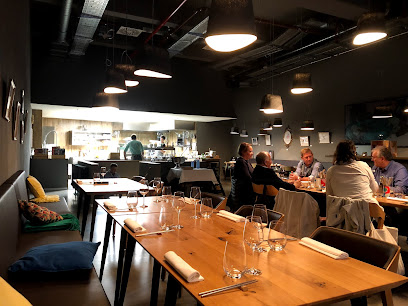
IMPERII
0.4 km
Experience the elegance of IMPERII in Leipzig - where gourmet cuisine meets vibrant nightlife in a chic setting.
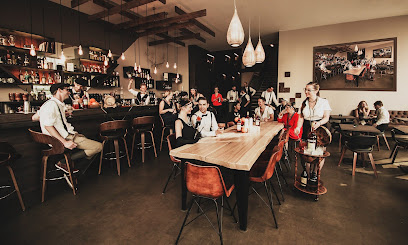
Leos Brasserie
0.5 km
Discover the charm of Leos Brasserie in Leipzig – where exquisite cuisine meets a warm and inviting atmosphere.
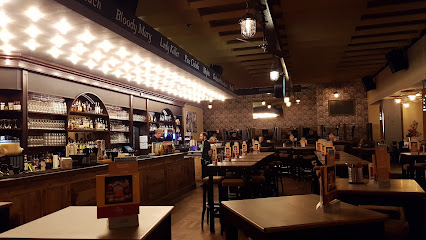
Steaktrain
0.5 km
Indulge in premium steaks at Steaktrain, Leipzig's top destination for carnivores seeking an unforgettable dining experience.
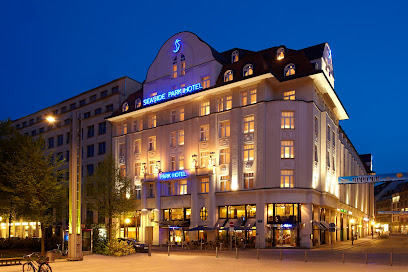
Restaurant Weinstock Leipzig
0.6 km
Discover traditional German flavors at Restaurant Weinstock Leipzig, where culinary excellence meets warm hospitality in the heart of the city.
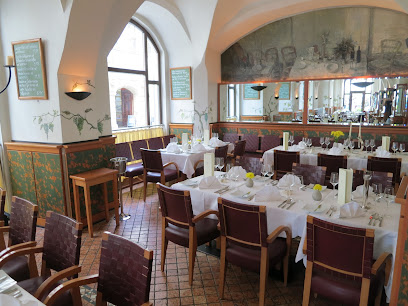
Thüringer Hof
0.6 km
Discover authentic German cuisine at Thüringer Hof in Leipzig – where tradition meets taste in a cozy setting.
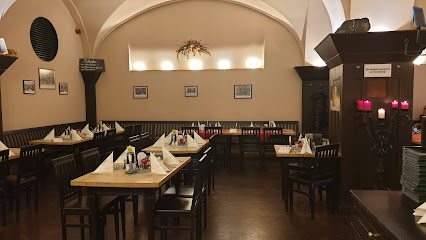
Palazzo ZIHNØ Restaurant & bar - Leipzig
0.6 km
Savor exquisite dishes and cocktails at Palazzo ZIHNØ Restaurant & Bar in Leipzig while enjoying vibrant live music.
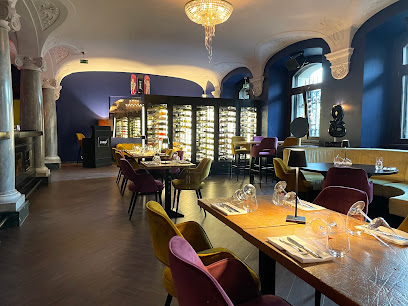
Restaurant Cafe Madrid
0.6 km
Savor the vibrant flavors of Spain at Restaurant Cafe Madrid, where authentic dishes meet warm hospitality in Leipzig's lively atmosphere.
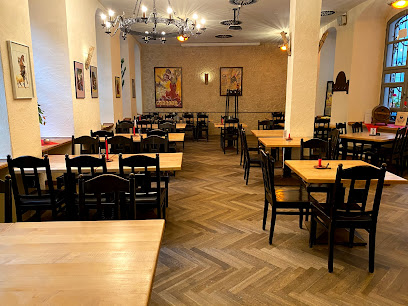
Zur Pleißenburg - Leipzig
0.6 km
Discover authentic German cuisine at Zur Pleißenburg, where traditional flavors meet cozy ambiance in the heart of Leipzig.
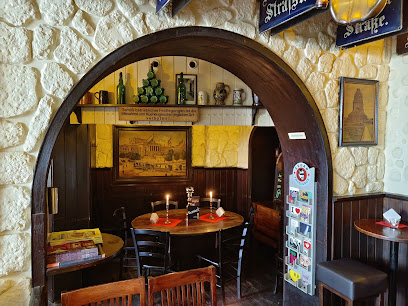
Zills Tunnel
0.6 km
Experience the best of local and international cuisine at Zills Tunnel in Leipzig - where every meal is crafted with passion.
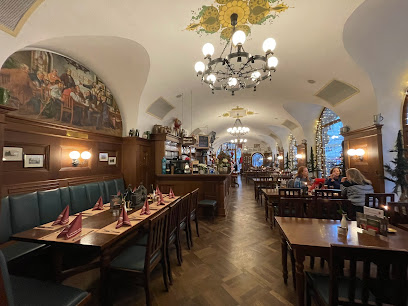
Ratskeller der Stadt Leipzig GmbH
0.7 km
Discover authentic German flavors at Ratskeller der Stadt Leipzig – where tradition meets taste in a lively beer hall setting.
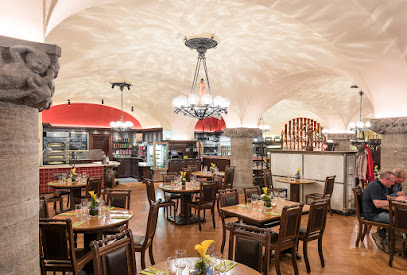
Johann S. Restaurant & Weinbar
0.7 km
Savor authentic German cuisine and fine wines at Johann S. Restaurant & Weinbar in Leipzig's vibrant culinary scene.
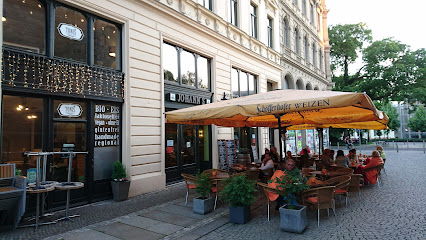
Markets, malls and hidden boutiques
Unishop der Universität Leipzig
0.2 km
Discover unique gifts and university memorabilia at Unishop der Universität Leipzig, a charming shop in the heart of the city.
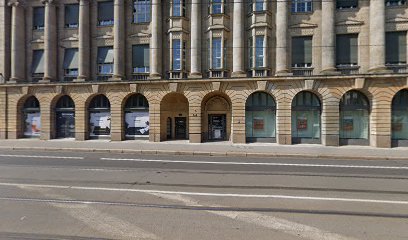
Montblanc Boutique Leipzig
0.3 km
Explore Montblanc Boutique Leipzig for exquisite luxury writing instruments, watches, and leather goods in the heart of Germany's vibrant city.

Boutique Coralie
0.3 km
Discover the essence of contemporary fashion at Boutique Coralie in Leipzig's vibrant Mitte district, where style meets local design.
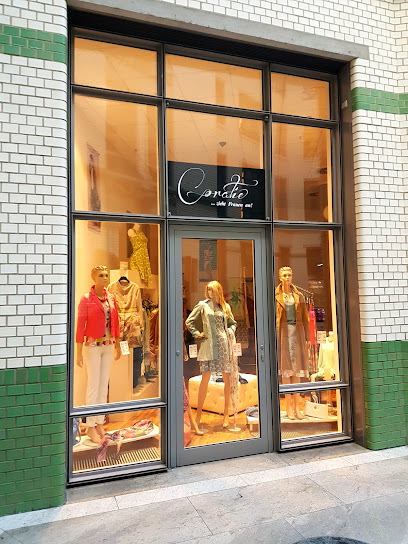
GALERIA Leipzig
0.3 km
Explore GALERIA Leipzig: A shopping haven in the heart of the city, offering diverse retail options and a taste of local culture.

Strohsack-Passage
0.3 km
Experience the vibrant shopping and cultural atmosphere at Strohsack-Passage, Leipzig's premier shopping mall located in the city's heart.
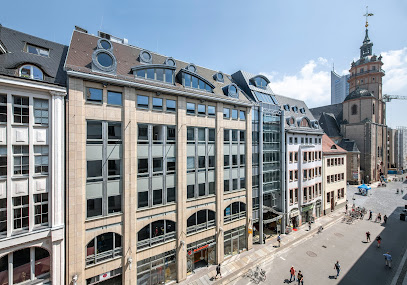
Bazar Royal
0.4 km
Discover the essence of style at Bazar Royal, Leipzig's premier clothing destination for men and women, featuring quality apparel and exquisite leather goods.
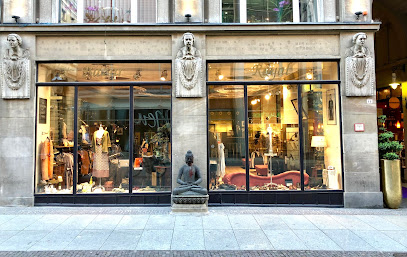
SCALA
0.4 km
Discover SCALA, Leipzig's premier clothing store, where contemporary fashion meets the city's vibrant culture and style.
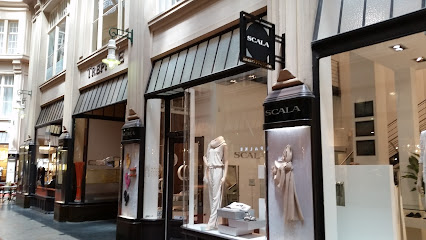
Wolford Boutique Leipzig
0.4 km
Explore Wolford Boutique in Leipzig for luxury women's fashion, exquisite lingerie, and chic accessories that define elegance and style.

Leipzig Laden
0.5 km
Explore Leipzig Laden, a charming souvenir store in the heart of Leipzig, offering unique crafts, local gifts, and an extensive selection of books.
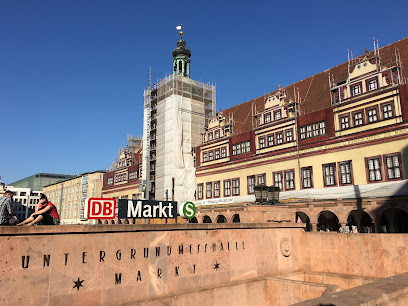
LUSH Cosmetics Leipzig
0.5 km
Explore LUSH Cosmetics Leipzig, where creativity meets sustainability in a vibrant selection of handmade beauty products and unique gifts.
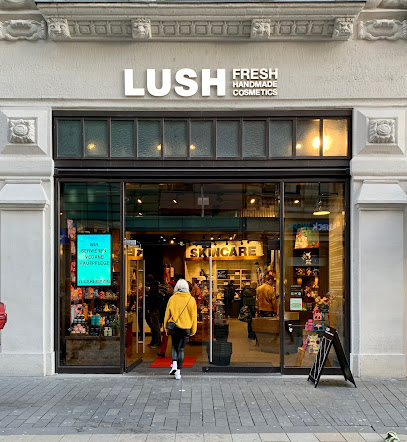
Pylones
0.5 km
Explore Pylones in Leipzig for colorful gifts and unique home goods that embody creativity and joy in every corner.
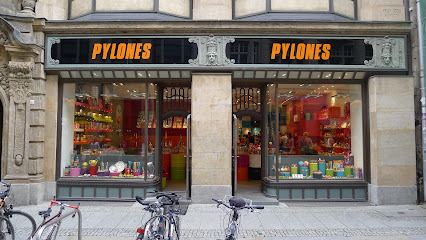
Urban Outfitters
0.5 km
Discover unique fashion and lifestyle products at Urban Outfitters in the heart of Leipzig, where vintage meets contemporary style.
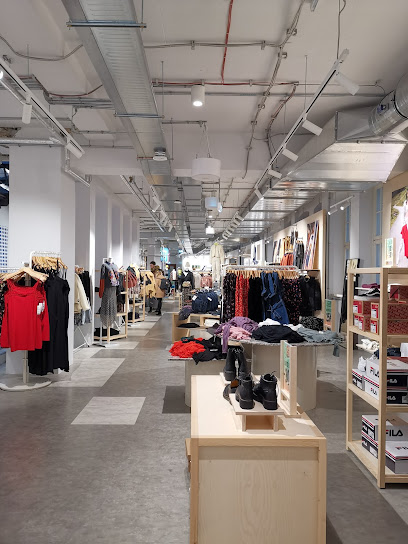
Pin Up 56
0.5 km
Explore Pin Up 56 in Leipzig for unique gifts and a taste of local fashion creativity, perfect for souvenirs and stylish finds.

Petersbogen
0.5 km
Explore Petersbogen, Leipzig's top shopping mall, where fashion meets culture in a vibrant atmosphere filled with diverse shops and delightful dining options.
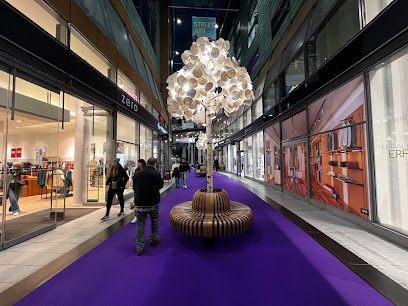
Breuninger Leipzig
0.5 km
Discover the essence of fashion at Breuninger Leipzig, where luxury meets style in a vibrant shopping environment.
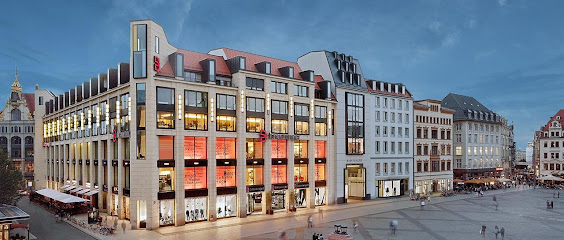
Essential bars & hidden hideouts
Rooftop One Bar Leipzig-Post
0.1 km
Experience the stunning skyline of Leipzig at Rooftop One Bar, where exquisite drinks and breathtaking views await you.
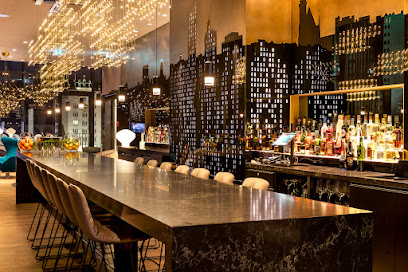
The First Whisk (e) y Bar Leipzig - Leipzig
0.3 km
Discover the ultimate whisky experience at The First Whisk(e)y Bar in Leipzig, featuring over 600 whiskies and an inviting ambiance to unwind.
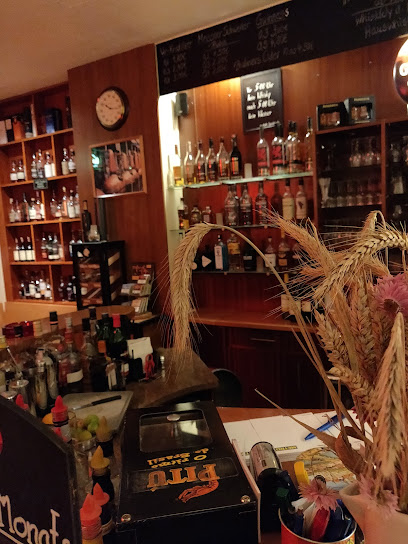
Sonderbar - Leipzig
0.3 km
Experience the vibrant atmosphere and innovative cocktails at Sonderbar in Leipzig, the perfect spot for night owls and cocktail enthusiasts.
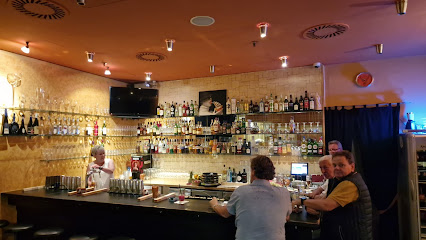
Tonelli's Leipzig
0.3 km
Explore the vibrant nightlife of Leipzig at Tonelli's, a lively live music bar and pub offering delicious food and unforgettable performances.
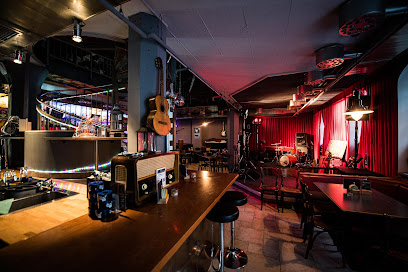
Mephisto Bar
0.4 km
Discover the enchanting Mephisto Bar in Leipzig, where history meets modernity in a cozy atmosphere with exceptional drinks.
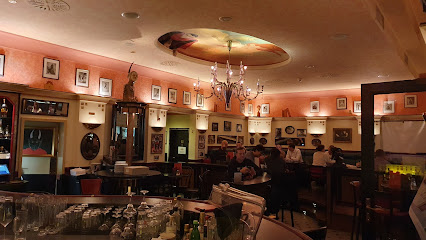
Gwuni's Cafe - und Cocktail Bar
0.4 km
Discover the perfect blend of cozy ambiance and artisanal drinks at Gwuni's Cafe and Cocktail Bar in Leipzig.
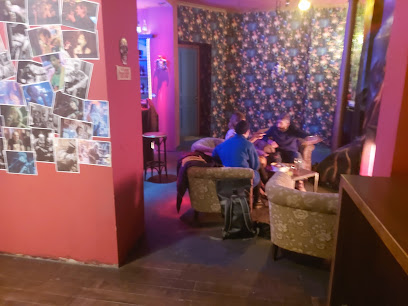
Dhillons
0.5 km
Experience the vibrant spirit of Ireland at Dhillons, Leipzig's beloved Irish pub and sports bar, perfect for tourists seeking great food and lively entertainment.
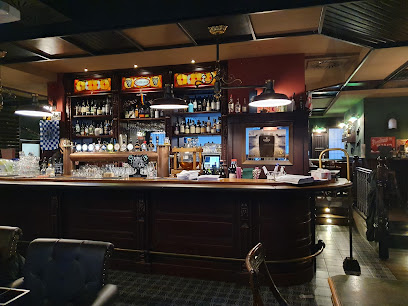
Brick's der Cocktail
0.5 km
Discover the vibrant cocktail culture at Brick's der Cocktail, a must-visit bar in Leipzig for unforgettable drinks and an electric atmosphere.
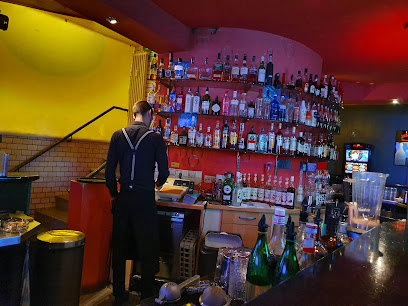
BELLINI'S BAR & RESTAURANT - Leipzig
0.6 km
Experience the vibrant atmosphere of Bellini's Bar & Restaurant, a cocktail bar and café in the heart of Leipzig with delicious food and drinks.
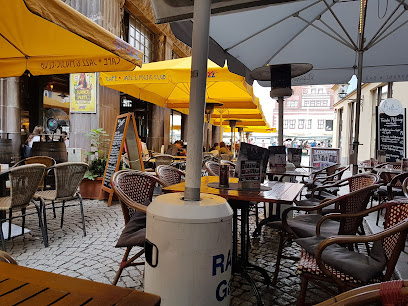
Kildare City Pub
0.6 km
Discover Kildare City Pub in Leipzig for an authentic Irish atmosphere, delicious food, and vibrant sports entertainment.
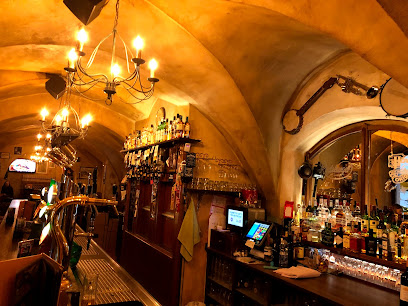
Beer bar track 8
0.6 km
Discover the essence of Leipzig's brewing culture at Beer Bar Track 8, offering a wide selection of local and international beers in a cozy setting.

Piano Bar Leipzig
0.6 km
Experience the vibrant atmosphere of Piano Bar Leipzig, where exquisite cocktails and live music create unforgettable moments in the heart of the city.
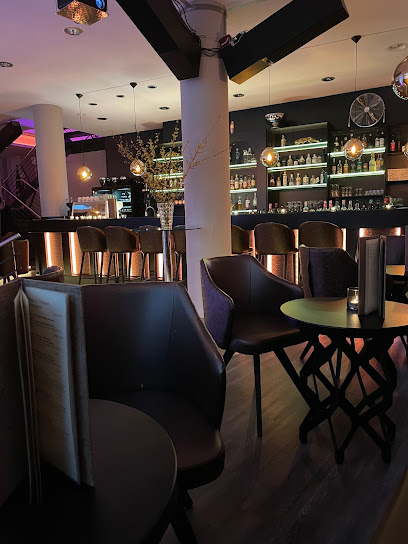
Bar Cabana Dachterrasse - Leipzig
0.7 km
Experience the vibrant atmosphere of Bar Cabana Dachterrasse, Leipzig's rooftop bar with stunning views, exquisite drinks, and delicious cuisine.
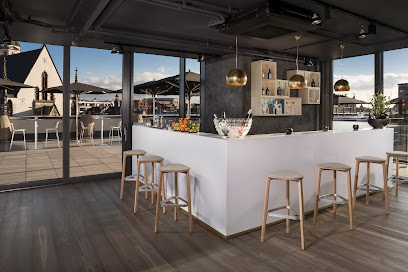
Shinto Bar & Lounge
1.0 km
Experience the vibrant nightlife of Leipzig at Shinto Bar & Lounge, where innovative cocktails and a chic atmosphere await.
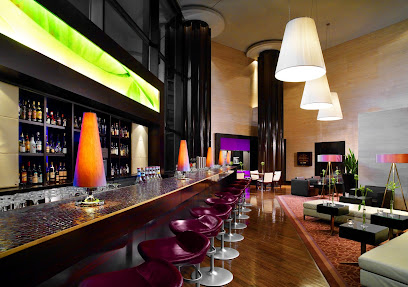
Die Bar
1.0 km
Experience the vibrant atmosphere at Die Bar, Leipzig's premier sports bar, where local brews and excitement meet in a cozy setting.
